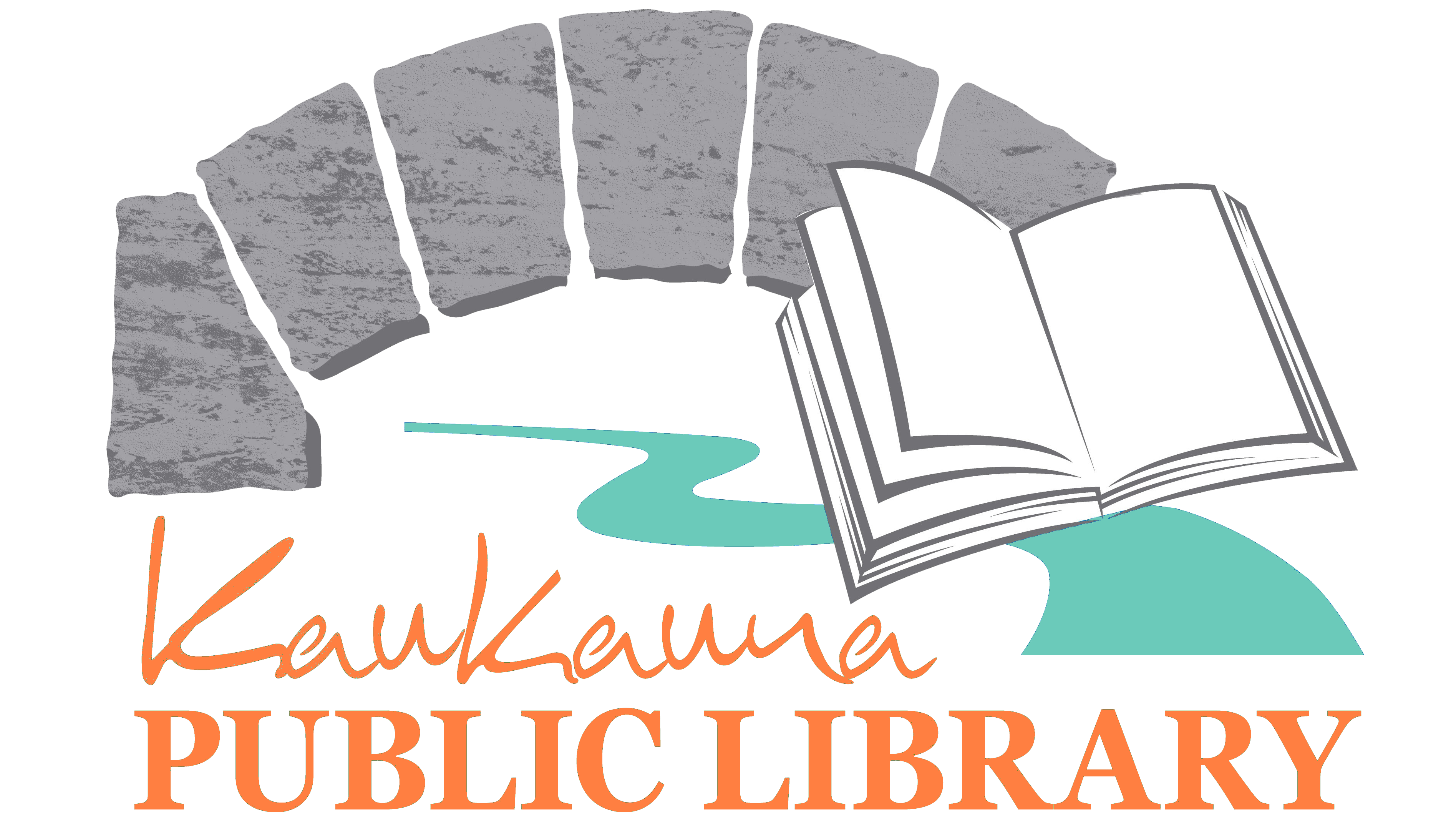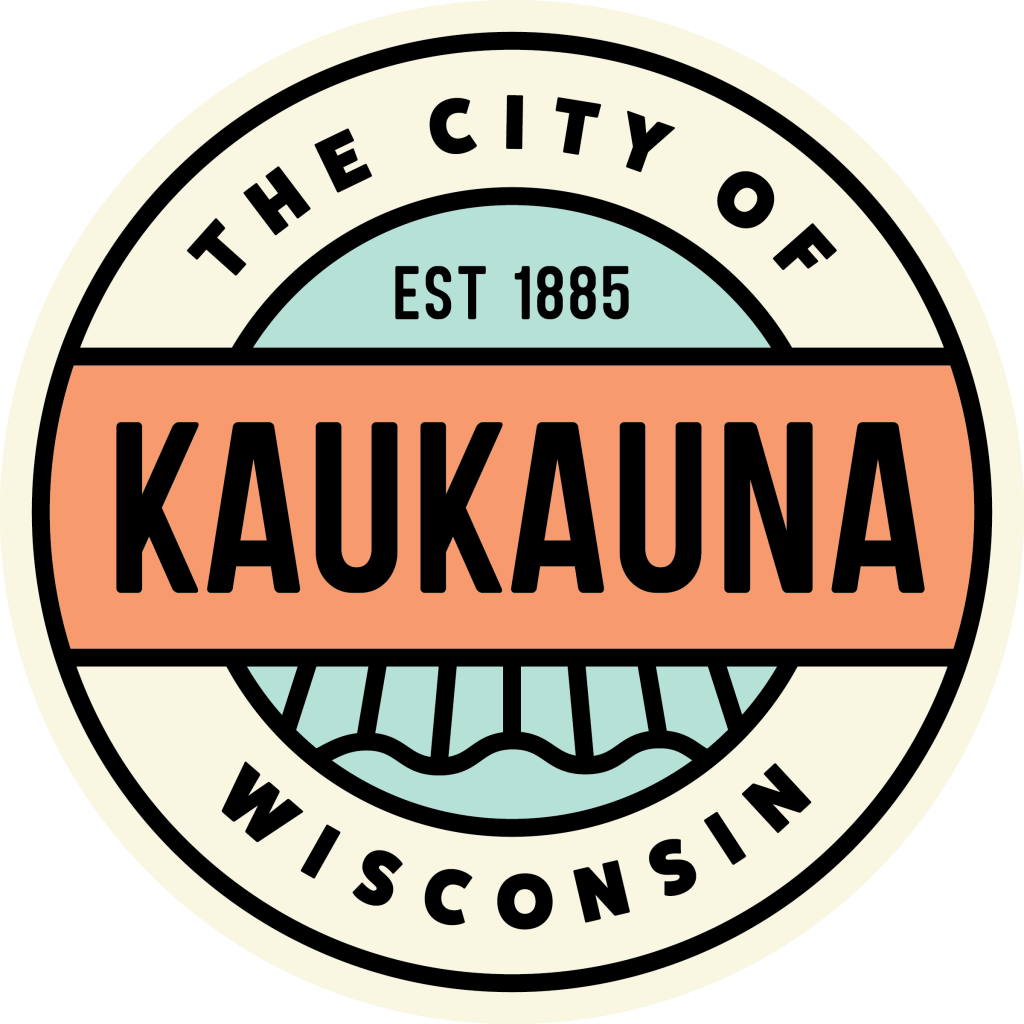CITY OF KAUKAUNA TIMELINE
ca. 1634
Jean Nicolet was possibly the first European to view the great rapids at Kaukauna
1670
Father Claude Allouez in his diary.”On the 18th day of April 1670, we made a portage which they call Kakalin. Our sailors drew the canoe through the rapids; I walked on the banks of the river where I found apple trees and vine stalks in great abundance”
1729
Charles de Langlade, son of Augustin de Langlade and Domitelle, sister to the head of the Ottawa, born in Mackinac.
1752
Charles de Langlade with a force of 200 Ottawa attacks the Miami village of Pickawillany — signalling the start of the French-Indian (or Seven Year’s) War.
1755
De Langlade and his Ottawa are given credit for planning the attack in which Braddock and the English were defeated at Fort Duquesne.
1759
De Langlade and 400 Indians join Montcalm in the defense of Quebec. The French surrender and the French and Indian (SevenYears) War ends.
Pre 1760
Charles de Langlade and his son-in-law, Pierre Grignon, open a trading post at Grand Kakalin
1763
The Treaty of Paris is signed in which Wisconsin becomes a part of the British Empire.
1745
Augsutin de Langlade and his son, Charles, first come to Green Bay.
1754
Charles de Langlade marries Charlotte Ambroisine Bourassa, a daughter from this union marries Pierre Grignon.
1764
The de Langlade family moves to Green Bay.
1793
First recorded sale of land in Wisconsin occurs when Dominique DuCharme buys 1,282 acres of land that is today’s Kaukauna from Wapisipine and Le Black Tobacco for two barrels of rum.
1795
At this time, Kakalin was a village of over 1,500 inhabitants, mostly Indians and French-Indian traders. One resident is Dan McCrea, a Scotsman married to a Menominee woman, and whose daughter, Nancy would become Augustine’s wife.
Pierre Grignon dies, and his son, Augustin, takes charge of the trading post.
1805
Augustin Grignon and Nancy McCrea are married.
1809
John Jacob Astor founds the American Fur Company
ca. 1812
War of 1812
Paul Ducharme leaves Kaukauna for Green Bay because of the uncertainties of the the War of 1812
1813
Paul Ducharme sells a portion of the land in Kaukauna, including Dominique’s cabin to Augustin Grignon.
Augustine Grignon actually settles in Kaukauna to join his wife, Nancy McCrea, and therir children
1814
Treaty of Ghent signed December 24th, ends British rule in Wisconsin.
1816
Augustin Grignon builds a grist mill on his property, and a sawmill shortly after.
1822
The Stockbridge and Munee tribes settle on the south side of the river at Statesburg.
1824
“…the first real road to be opened in Wisconsin was laid out in 1824 along the east side of the Fox, from Green Bay to Kaukauna.” (Thwaites)
1825
Daniel Whitney builds a sawmill on the south side of Kaukauna almost opposite Grignon’s.
1828
In spring, Rev. Jesse Miner arrives to minister to the Stickbridge and Munsee tribes living in Statesburg on the south side of the river.
ca. 1830
Augustin and Nancy Grignon leave Kaukauna for their holdings in Buttes des Morts. Their sons, Charles and Alexander take over the business and family homestead.
1832
The Black Hawk War.
1835
Dam dug at DePere — one of the first construction projects which was part of the Fox River Locks system.
Paul Beaulieu settles on the south side of Kaukauna (on the hill east of Konkapot Creek). He and James Boyd, a son-in-law to George Lawe, buy and operate Whitney’s sawmill.
1836
Paul Ducharme sells the remainder of his Kaukauna holdings to Judge John Lawe to cove his debts to Lawe. Lawe in turn gives the holdings to his son, George.
1837
Charles Grignon builds his “mansion in the woods” as a gift for his bride, Mary Elizabeth Meade, whom he married on January 1st.
1839
The village of Kaukauna is incorporated?
George Lawe moves to Kaukauna, builds a home, opens a trading post and a farm.
1842
Nancy Grignon dies at age 53 at Buttes de Morts.
Immigrant Michael Klein who born in Germany in 1803, settles on the south bank.
1844
Immigrant Peter Deidrich, born in Holland, settles and operates a ferry service directly across from Michael Klein farm.
1848
Wisconsin is admitted to the Union.
1849
Andrew Black, from New England, settles as a neighbor to Diedrich.
1851
The State legislature chagnes the name of the town from Grand Kaukalin to Kaukauna.
Excavations begin at Kaukauna for the locks and dam system.
Alexander Grignon plats the town of Springville located on the eastern end of the Grignon land, near a sulphur spring. The town could not compete with Kaukaun and failed.
1856
Completion of the Fox Locks and dam system. The economic boom for Kaukauna ends as canal workers move on. Vacant buildings are purchased and moved.
1861
The Chicago and Northwestern Railway, the main line between Green Bay and Milwaukee comes to town.
1869
Augustin Grignon dies at age 80 at Buttes de Morts.
1872
Railway tracks from Manitowoc to Antigo laid along the south bank of the river.
The Kaukauna Water Power Company plats the village of Ledyard on the south side of the river.
1880
The Kaukauna Times newspaper is started.
The Kaukauna Water Power Company is organized by officials of the Milwaukee, Lake Shore and Western railway.
1884
On June 20, the village of Ledyard on the south side of the river was granted a charter and John Hickey was elected village president.
1885
The Kaukauna Sun newspaper is started.
In March, the villages of Ledyard and Kaukauna are incoprated into the City of Kaukauna.
On April 5th, Colonel H.A. Frambach was elected the city’s first mayor.
1889
Free Public High School organized.
1905
Construction of a public library with assistance from Andrew Carnegie.
1923
Construction of high school on the island.
1929
The Vaudette Theatre shous the first “talkie” motion picture.
1930
The Bank of Kaukauna is robbed of $40,000.
1932
Construction of the U.S. Post Office on the island.
1933
Regenfuss Brewery reopens after a dry period of 14 years.
1937
Rialto Theatre opens with Edna Ferber’s “Come & Get It”.
1944
Look’s Drug Store opens on Second Street.
1948
Dial phones come to Kaukauna.
1950
Kaukauna swimming pool is dedicated.
1951
The Hotel Kaukauna orginally called the Hotel Brothers, is destroyed by fire.
1953
Automatic traffic signals are installed at the intersection of Lawe Street and Wisconsin Avenue.
1955
Kaukauna Community Hospital is dedicated.
1957
Senator John F. Kennedy visits Kaukauna as part of his primary campaign through Wisconsin.
1965
City of Kaukauna celebrates 175th Jubilee.
1966
Electa Quinney School is opened.
1972
Outagamie Country Teachers College is closed after sixty years of service.
1975
New city offices are opened in the old Badger Northland plant.
1976
The new 6,300 square foot addtion is opened in the Kaukauna Public Library
1989
New Post Office in completed on the north side of town.
1990
Fox Valley Greyhound Park opens on north side of town.
1995
First phase of Highway 55 reconstruction completed.
1996
Badger Northland and Kaukauna Community Hospital close
1996
Recreation trails open.
1997
Groundbreaking for new High School.

